Power disruptions caused by extreme weather events are no longer rare occurrences, they’re an operational reality. From hurricanes and wildfires to winter storms and heatwaves, energy providers face increasing pressure to safeguard infrastructure and maintain reliable service. As a result, utility procurement and supply chain leaders must take a more proactive and strategic role in ensuring grid resilience.
Why Power Resilience Matters
In recent years, large-scale grid failures have exposed significant vulnerabilities across generation, transmission, and distribution networks. These events have revealed critical gaps in infrastructure planning, emergency preparedness, and supplier performance. Consequently, utilities and energy providers are shifting their focus toward grid hardening, weatherproofing, and supply chain risk mitigation strategies to ensure long-term stability and regulatory compliance.
 How Procurement Supports Utility Resilience
How Procurement Supports Utility Resilience
Procurement teams play a central role in building resilience across utility operations. From sourcing emergency materials to managing Engineering, Procurement, and Construction (EPC) partnerships, procurement is uniquely positioned to anticipate supply risks and drive operational readiness.
1. Proactive Risk Management and Scenario Planning
Procurement and supply chain teams must embed risk management into every aspect of sourcing and logistics. This includes identifying and mitigating:
- Supply disruption risks for critical components like transformers, wire, and fuel
- Seasonal surges in demand for PPE, bottled water, and emergency rations
- Constraints in logistics and transportation during natural disasters
Moreover, running disaster planning scenarios and participating in utility-wide emergency response drills ensures procurement is fully integrated into cross-functional crisis plans.
2. Strategic Supplier Management and Resilience
Establishing strong partnerships with resilient and compliant suppliers helps mitigate performance failures when demand spikes. Procurement leaders should:
- Vet supplier capabilities for emergency response and inventory availability
- Incorporate backup suppliers into sourcing strategies
- Develop contracts with built-in surge capacity and service level expectations
In addition, maintaining dynamic supplier scorecards and resilience metrics supports continuous performance monitoring and quick pivots during emergencies.
3. Infrastructure Support and EPC Readiness
As regulatory and operational shifts drive investment in grid modernization and expansion, procurement teams must prepare for large-scale capital projects. This includes:
- Pre-qualifying Engineering, Procurement, and Construction (EPC) contractors
- Forecasting long-lead equipment and material requirements
- Securing warehousing and staging areas for construction and field service teams
- Developing logistics strategies to move supplies efficiently before, during, and after extreme weather events
By aligning early with engineering and operations, procurement can prevent bottlenecks and improve project execution.
4. Regulatory Awareness and Budget Alignment
Furthermore, procurement must stay informed about changing utility regulations and government funding related to grid resilience and disaster recovery. Monitoring federal, state, and local programs allows teams to:
- Anticipate compliance requirements
- Identify eligible funding sources
- Align procurement strategies with long-term investment goals
Proactive budgeting and regulatory awareness also enable procurement to secure materials and suppliers before demand spikes occur.
Procurement’s Role in Utility Power Resilience
With climate volatility and infrastructure fragility on the rise, procurement’s role in the utility sector is more strategic than ever. Forward-thinking supply chain leaders are moving beyond transactional sourcing to become strategic enablers of operational resilience. By integrating supply risk management, strengthening supplier relationships, and aligning with business continuity planning, procurement teams can help utilities respond faster, minimize disruptions, and support long-term grid stability. Power disruptions are no longer a matter of if, but when. Therefore, procurement must lead with agility, data, and foresight. With the right combination of strategic sourcing, supplier enablement, and risk-informed planning, procurement becomes not just a support function—but a critical driver of utility transformation and resilience.


 How Procurement Supports Utility Resilience
How Procurement Supports Utility Resilience
